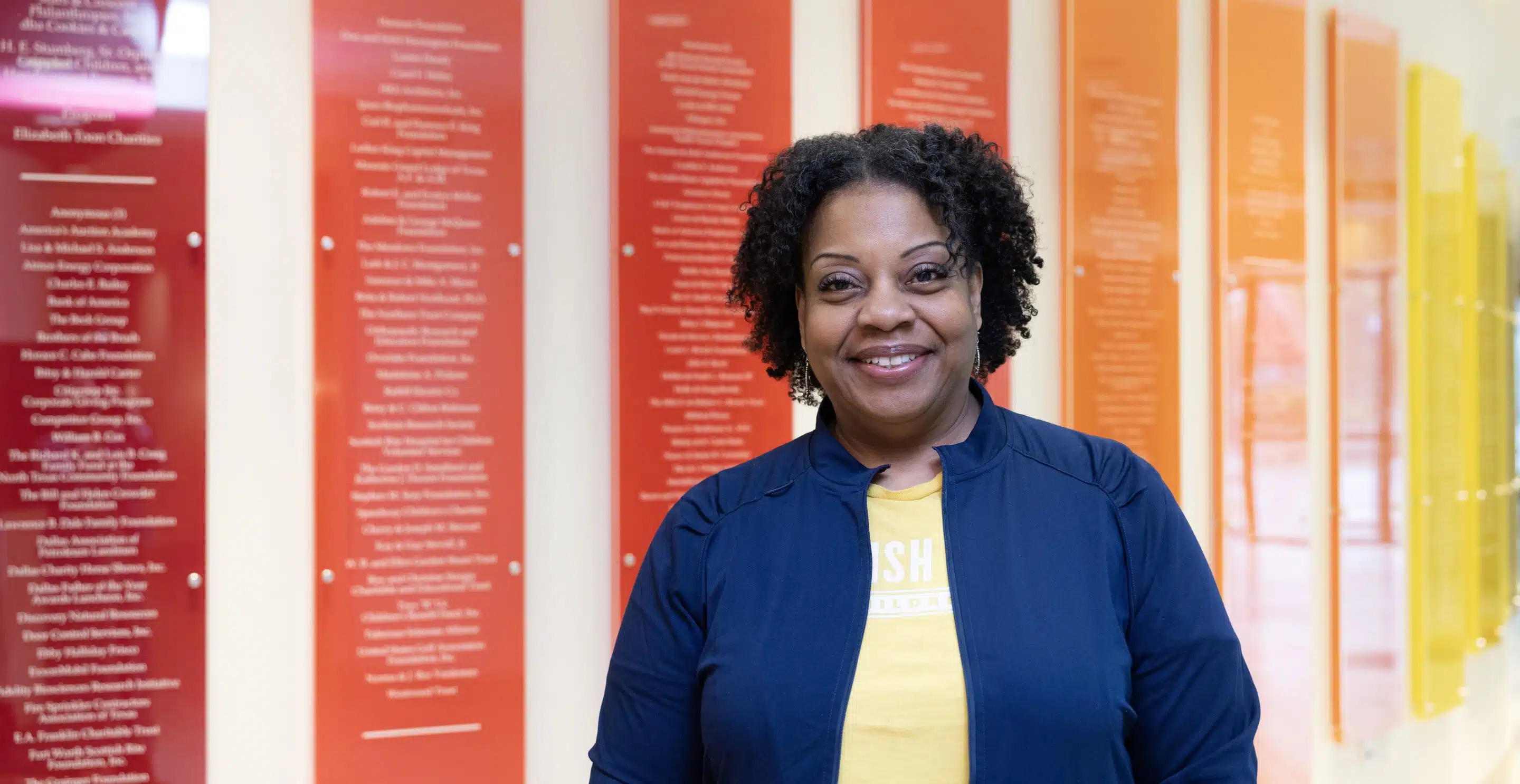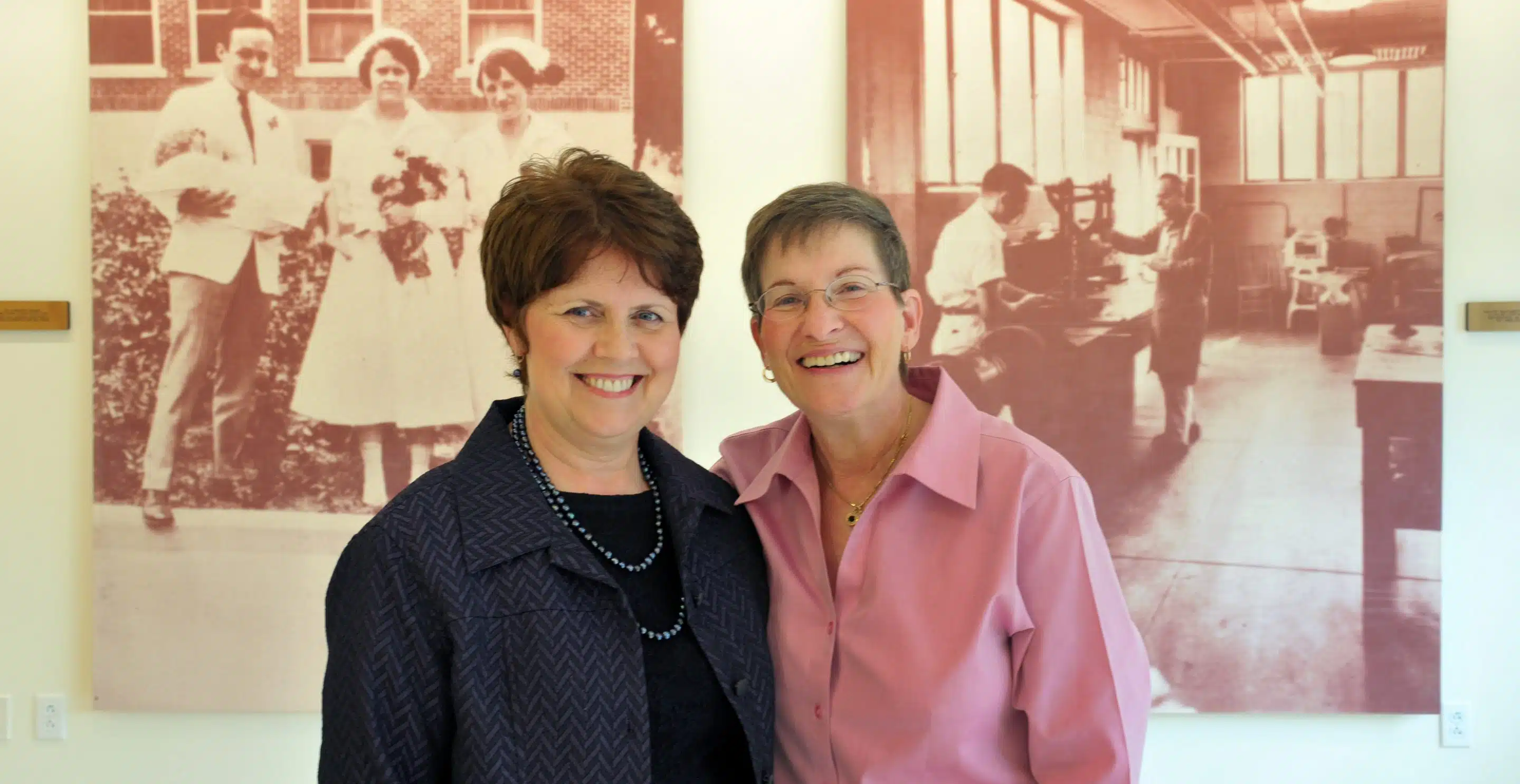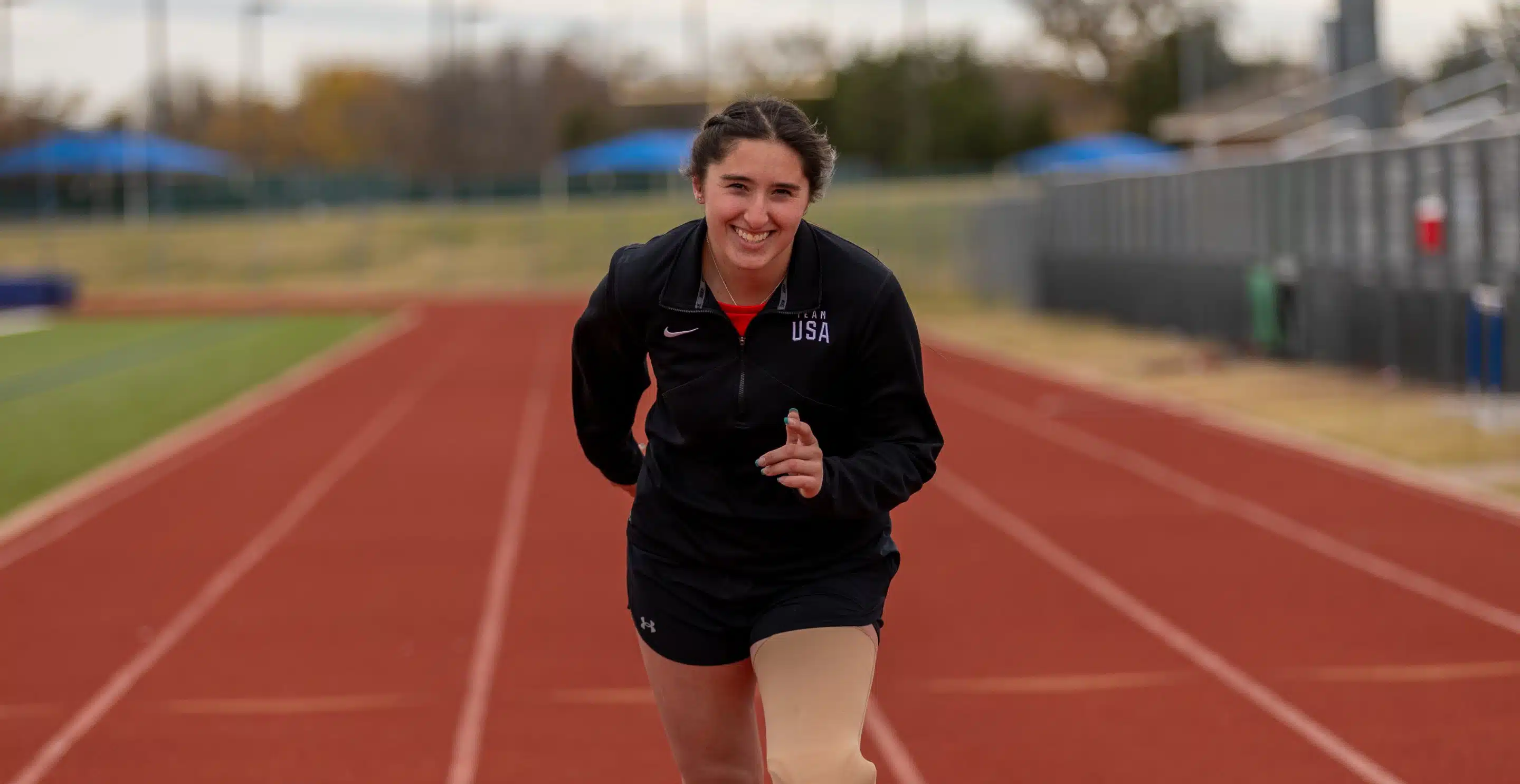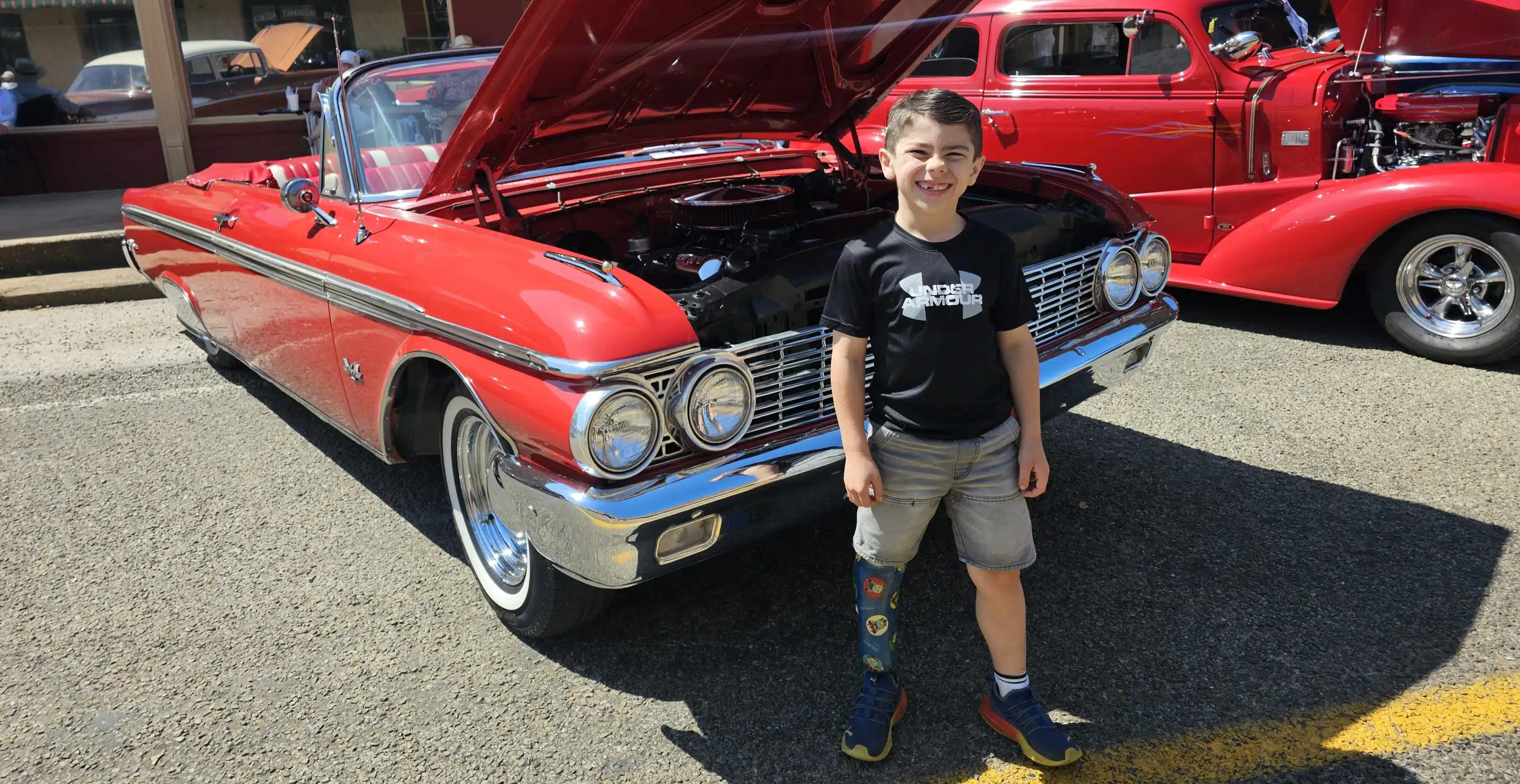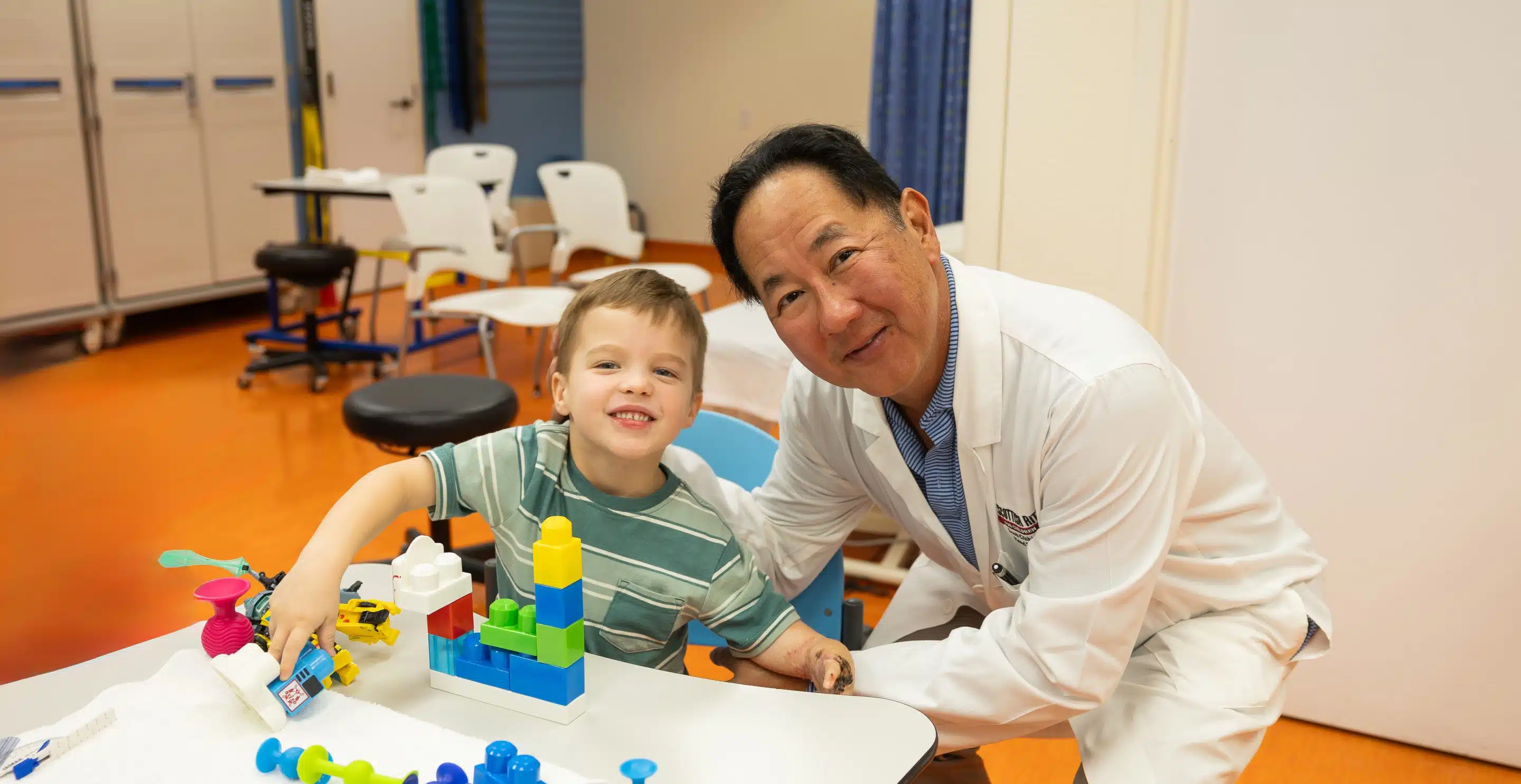Perthes Disease
Host: Clinical Nurse Manager, Jennifer Bowden, R.N.
Expert Guests: Director of the Center for Excellence in Hip and pediatric orthopedic surgeon Harry Kim, M.D., M.S., and special guest Kristen Odom, R.N.
Listen to the full episode.
Below are the highlights from this episode:
What is Perthes disease?
Perthes disease is a pediatric hip disorder that usually affects children between the ages of 2 and 14. The cause of this condition is currently unknown. Perthes disease leads to a loss of blood flow to the hip joint; however, experts do not know why that blood flow is disrupted.
What are some important terms that parents should always be aware of or understand when talking about this condition?
Perthes disease affects the hip. The hip joint includes a ball (femoral head) and socket (acetabulum). Perthes affects the ball part of the hip, causing a disruption and loss of blood supply, which initiates the disease. This leads to necrosis, or death of the bone. A common term used when talking about Perthes is osteonecrosis – osteo=bone and necrosis=death, meaning bone death.
What are the different stages of Perthes disease?
There are four stages to the disease.
- The first stage is when the blood flow gets disrupted, also known as necrosis – the stage of bone death.
- The second stage is fragmentation which is when the body tries to heal the bone, but the ball (femoral head) is weakened, causing it to break down. Because the body is also trying to remove the dead bone, the head starts to collapse or flatten out, which causes it to lose its round shape.
- The third stage is re-ossification which is when the body begins to remove the dead bone and start to build back the new bone.
- Re-ossification:
- Re: is the starting back
- -ossi: is the bone
- -fication: is the new remaking of the bone
- Re-ossification:
- The fourth stage of Perthes disease occurs when the hip joint is all healed, also known as the healed stage.
What are the symptoms of Perthes disease?
- Persistent limping.
- Pain in the hip, knee or thigh.
- Stiffness in the hip and/or decrease in range of motion.
How is Perthes diagnosed?
The diagnosis of Perthes requires determining that the cause of pain is not due to other issues or another condition. A thorough history is taken to make sure it is not something else, and then an examination is done to assess the hip as well as the knee to make sure it is the hip that’s the problem. The diagnosis of Perthes requires X-rays because it’s not just a clinical diagnosis. Diagnostic imaging is required.
For older children, patients over the age of 6, our team usually orders a specific MRI called a perfusion MRI. This test can assess how severe the disease is and provides more clarification on if operative treatment would be beneficial/necessary for the child.
What makes the perfusion MRI an important part of diagnosing Perthes disease?
The perfusion MRI involves injecting MRI contrast into the hip so that the blood flow can be analyzed to better understand where blood flow is lacking. More loss of blood flow means that the disease is more severe, and the healing process can take longer.
Why is it important to be seen by a pediatric orthopedic specialist for Perthes?
Perthes disease is a very uncommon condition that few doctors have experience in diagnosing and treating. It is important for parents to find a pediatric orthopedic specialist with a special interest in Perthes disease that cares for children with the condition regularly.
What can a parent and patient expect when they come to Scottish Rite to be seen for Perthes?
The team at Scottish Rite provides a comprehensive assessment of the child – thorough history and physical exam, required imaging and reviewing any previous X-rays or testing that has been done previously.
The child’s emotional state is also assessed. They are asked to complete a PROMIS questionnaire which asks the child about anxiety, depressive symptoms and their peer relationship, as well as psychological aspects of the patient. Perthes is a chronic condition meaning the treatment can take months and, for some, years to overcome. Our team provides care for the whole child – mind, body and spirit.
What are the treatment options for Perthes disease?
All children are different, as is the severity of each child’s condition, so the treatment plan created for each child diagnosed with Perthes is also unique. Our team evaluates each patient – the stage of the disease they are in, range of motion and pain – then develops an individualized treatment plan.
Non-Operative Treatment
- Weighted relief treatment – the child is given crutches, a walker or wheelchair to decrease the amount of weight placed on the hip.
- Petrie casting – a treatment started back in the 1970s which involves putting both legs in the cast with a bar or two bars in between to spread the legs. This allows the hip to rest, especially for the children who are very active and unable to rest themselves.
Operative Treatment
Depending on the child and severity of their condition, surgery is an option to treat Perthes.
International Perthes Study Group
Scottish Rite for Children is the leading center for the International Perthes Study Group (IPSG). IPSG includes over 50 pediatric orthopedic surgeons and researchers from 10 different countries who are dedicated to improving the care of patients with Perthes disease.
The research from this group analyzes the very basic scientific level of the condition to better understand the disease and the key processes that are contributing to the femoral head collapsing and not healing properly. Through that research, the team is trying to develop new and innovative treatments to improve healing for children diagnosed with Perthes.
Learn more about the International Perthes Study Group.




